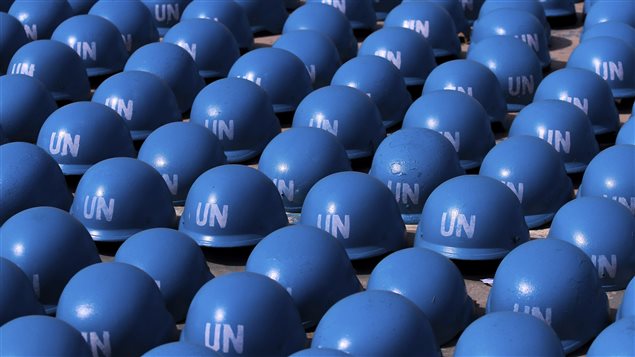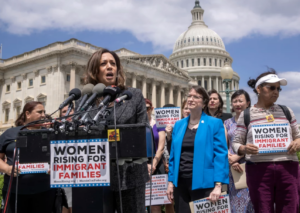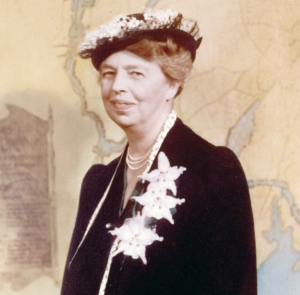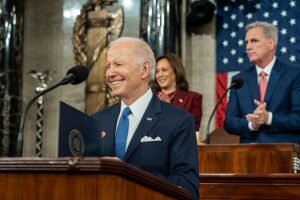Is Footing the Peacekeeping Bill Enough?

Though its population is 60 times smaller, Finland sends more peacekeeping troops than the United States. Photo | Reuters, Afolabi Sotunde.

Austria sends more. Uruguay, Yemen, and Denmark send more. Even Finland sends more troops to United Nations peacekeeping missions than the United States, though its population of five and a half million is almost 60 times smaller.
A fixture of international diplomacy since the first missions were established in the Middle East and Kashmir, UN-sponsored peacekeeping forces serve to keep a lid on simmering conflicts or to bring extra manpower to mitigate humanitarian catastrophes. US officials often praise the United States’ monetary support of these missions. But ponying up the dough doesn’t work as a moral cure-all, not when you leave others to do the work.
The United States contributes a total of only 68 police, soldiers, and military experts to the 16 ongoing peacekeeping missions as of August 31, 2016. That’s compared to 112 from Canada, 358 from the Netherlands and 867 from France. The US has come under criticism—often from its own shores—for not providing more human support to what is seen as a central piece of the United Nations’ work.
The State Department has defended the anemic US troop contribution by emphasizing the amount of material support that the United States lends to the entire UN Peacekeeping program, a point echoed by Assistant Secretary of State for International Organization Affairs Bathsheba Crocker at her talk, “US Leadership in an Era of Engagement,” hosted by New York University last week.
“Although we don’t provide boots on the ground, we do foot a third of the bill,” Crocker said. Crocker also touted the outcome of last year’s peacekeeping summit, convened by President Obama on the sidelines of the General Assembly meeting. Forty-seven countries committed additional troops or materials and the United States pledged to double the number of US officers serving in peacekeeping posts.
At the time Obama called that summit, 84 US military personnel served in peacekeeping missions, 16 more than today. While not necessarily inconsistent with US pledges—Obama pledged to double the number of “military officers,” not the number of personnel overall—a 20 percent decrease in the number of troops hardly signals a renewed commitment to peacekeeping.
Crocker admitted that “we haven’t seen a way to reengage” when it comes to providing troops for peacekeeping missions. That’s probably diplo-speak for “it’s politically risky to put US troops in distant lands to which the public feels no obligation”. Apparently the specter of Mogadishu—where 18 US soldiers died during US-supported UN operations in 1993—still haunts DC.
The rash of political caution unleashed by the Battle of Mogadishu guaranteed that the US reaction to the 1994 Rwandan Genocide would be completely inadequate. President Obama acknowledged this failure of US policy in his remarks after the peacekeeping summit last year when he said, “Through bitter experience, in places like Bosnia and Rwanda, we’ve learned painful lessons.”
The question is: Have we?
Kyle is a physicist-turned-scribbler educated in Tulsa, Vienna and New York. Currently causing headaches at NYU’s journalism school, Kyle is the founding editor of the New York Transatlantic. Kyle has a sneaking suspicion that he was born in the wrong century, but is pleased to find this one well-equipped with running water and antibiotics. Raised in the desert wilds of New Mexico, Kyle is not a cowboy—though he has been on a horse two or three times. Kyle’s writing has appeared in the Bigheart Times, This Land Magazine, and Inverse.com.






